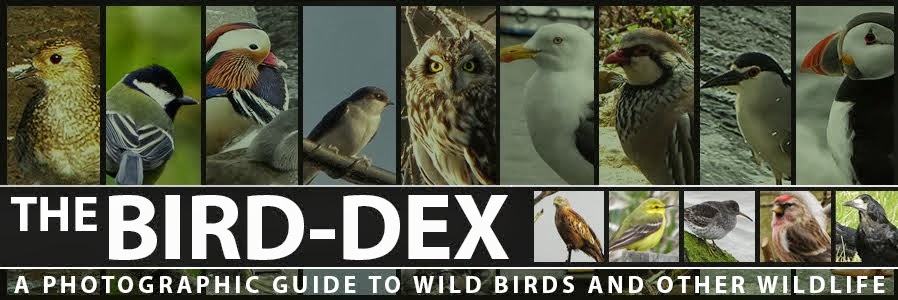OTHER NAMES: Lapland Longspur N/A
Latin Etymology: Calcarius ("spurs") lapponicus ("of Lapland")
Adult male Lapland Bunting (Calcarius lapponicus) moulting into Summer plumage at Weybourne, Norfolk - March 2024
Featured Subspecies: Calcarius lapponicus lapponicus
Weight: 23-35g / Length: 15.5-17cm / Wingspan: 22-29cm
UK STATUS NOT EVALUATED/ IUCN Red List: Least Concern
While known in the UK as the Lapland Bunting, more accurately it is a Longspur, a small group of seedeating birds primarily found in North America and only distantly related to the true buntings such as reed bunting or yellowhammer. They are a scarce Winter visitor in the UK where in most places they only turn up briefly and are hard to pin down before seeminly moving on.
Related Species:
Order: Passeriformes
Family: Calcariidae
Genus: Calcarius
SUBSPECIES: C. l. lapponicus, C. l. coloratus, C. l. alascensis
- Sighting Locations -
UNITED KINGDOM - a scarce and erratic Wintering species - (710 birds)
- Seen at Waybourne (3 birds in March 2024)
Further Notes: BirdForum Opus, IUCN Red List, RSPB, Wikipedia, Xeno-canto
.



















